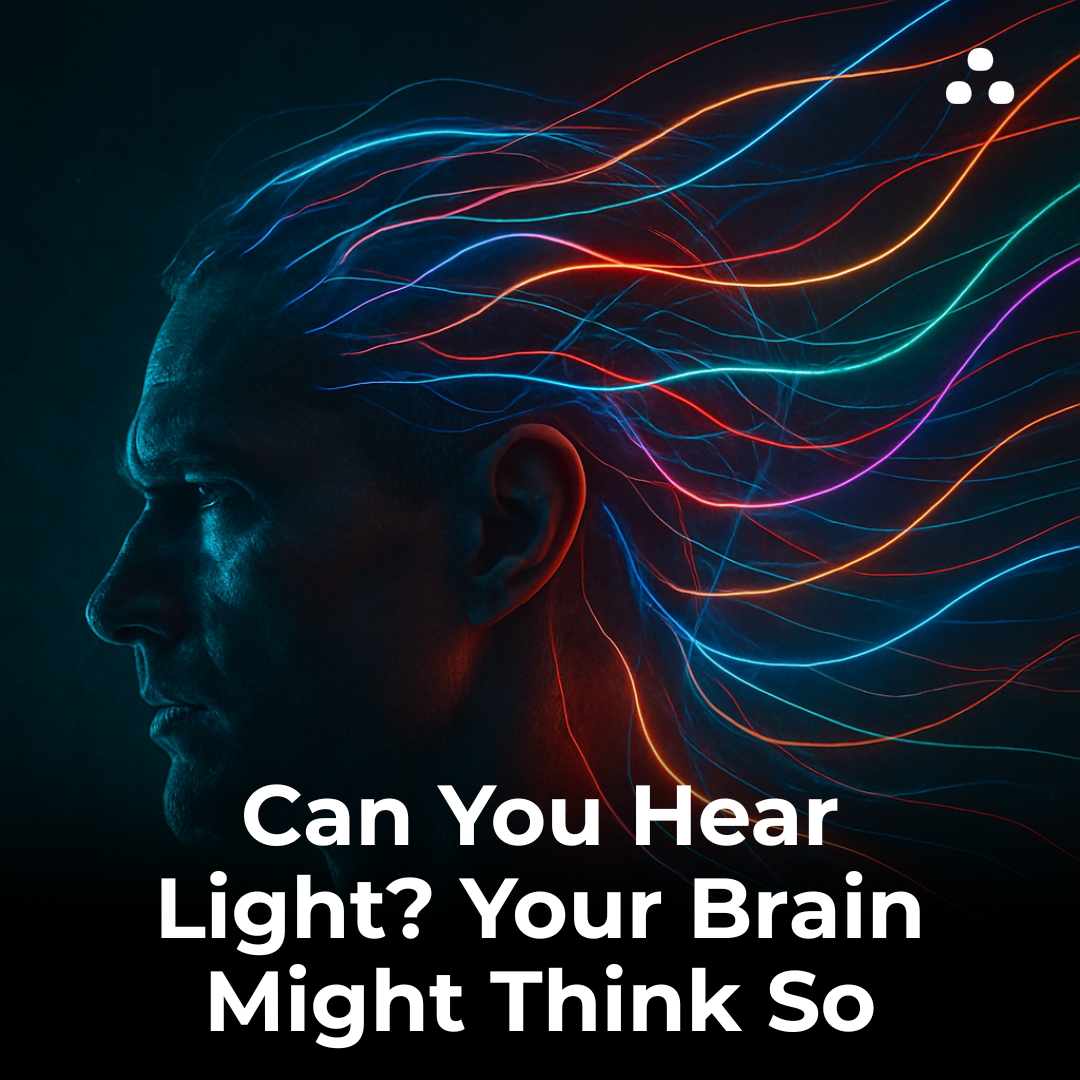What surprising thing can the human brain do in some people with a rare condition?

Some individuals possess a unique neurological phenomenon where their senses intertwine, allowing them to "hear" flashes of light or perceive visual stimuli as sounds. This condition, known as synesthesia, involves the stimulation of one sensory pathway leading to automatic, involuntary experiences in another.
A study from City University London revealed that up to 20% of people experience a synesthesia-like phenomenon called visually-evoked auditory response (vEAR), where silent visual movements or flashes trigger auditory sensations. This suggests that sensory cross-wiring in the brain may be more common than previously thought.
Further research indicates that this cross-modal perception may result from increased communication between sensory regions of the brain. Such interactions can lead to experiences where visual stimuli, like flashing lights, are perceived as sounds.
Understanding synesthesia not only sheds light on the complexities of human perception but also opens avenues for exploring how our brains process and integrate sensory information.



